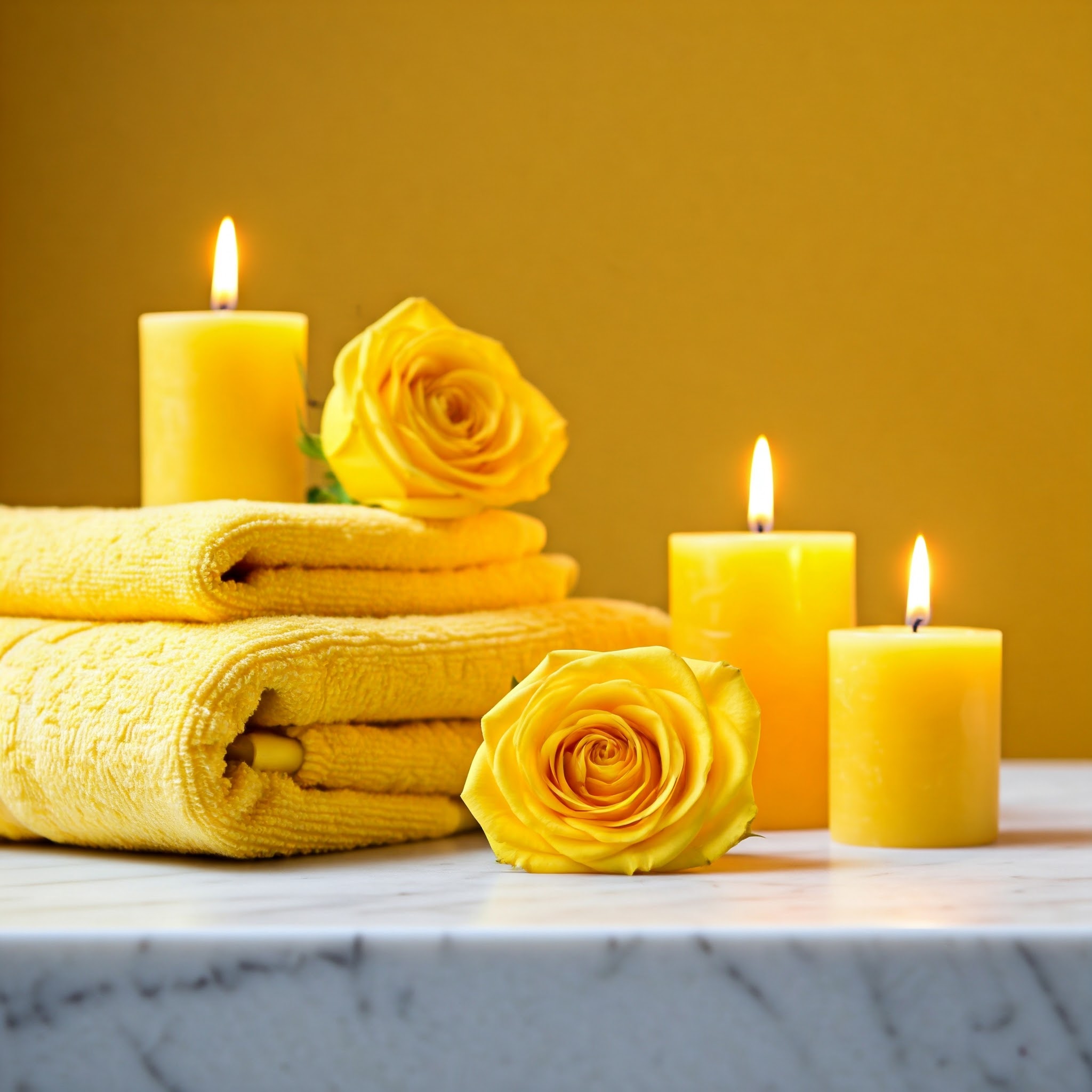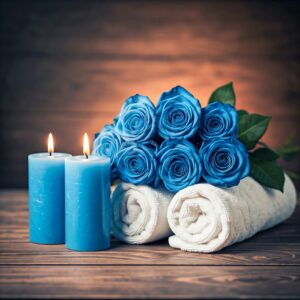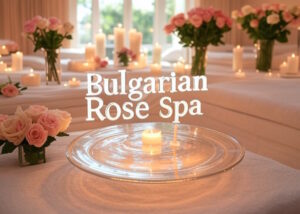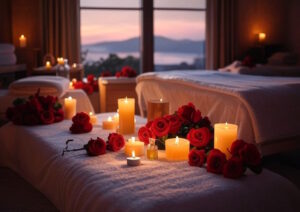Aromatherapy wellbeing – quick relaxation on the go
Aromatherapy to relieve stress? This is how well this wellbeing trend works for quick relaxation on the go.
“Aromatherapy is one of the most powerful and underutilized tools we have – a medicine that’s over 6,000 years old. Fast, easily accessible, and non-invasive.”
Aromatherapy is the popular wellbeing trend for quick and natural relief.
It’s been a long day, and all you want is to go home. But you’ve been invited to a party. You could cancel, go grumpily (“A drink will fix it”) – or you could roll some aromatherapy oil onto your wrists, take a deep breath, and your energy will return. A bit exaggerated, you’re probably thinking. But the fact is: Aromatherapy is currently experiencing a renaissance and is no longer an esoteric placebo, but a scientifically proven method.
How aromatherapy works against stress
But how do aromatherapies work? Here, a distinction must be made between those that target mental health and those that help with a cold. The former works via the short path from nose to brain: You inhale the scent of an essential oil—for example, ylang-ylang, which has been proven to reduce stress—the scent molecules reach the olfactory center, which transmits signals to the limbic system. The hypothalamus slows the release of cortisol (the most important stress hormone), thereby activating the parasympathetic nervous system, which, as part of the nervous system, is responsible for relaxation, calm, and regeneration. Then your heart rate drops, breathing becomes calmer, and muscles relax. Aromatherapy treatments aimed at cold relief have a simpler mechanism: The scent molecules (for example, those of eucalyptus, peppermint, and thyme) act locally on the mucous membranes—decongestant, antiviral, and loosening.
Instead of the three percent found in bath oil, modern aromatherapy contains 20 to 25 percent active oils.
What’s new, however, is that progressive aromatherapy players combine a variety of oils to enhance and refine their effects. Like the Moods brand, whose co-founder Daniel Smith says: “We thought this was an opportunity to completely redefine the perception of aromatherapy.” There are eight “mind-altering” essences made from high-quality essential oils. For example, if you apply “Charisma” before presenting your annual report to the board, you’re supposed to become 30 percent calmer. “Chill” is said to reduce stress levels by up to 25 percent. “Hustle” is said to increase cognitive processing speed by five percent.
“Aromatherapy is one of the most powerful and underutilized tools we have.”
D.SMITH
Each formula contains 20 to 25 percent active oils. Compared to the 3 percent typically found in a bath oil, that’s quite a lot. “You need at least 12 percent to achieve a neurological effect,” explains Smith. The percentages for the rollerballs come from clinical trials conducted by Professor Mark Moss in the Department of Psychology at the University of Northumbria. These are believed to be the first formal tests ever conducted on a ready-made essential oil blend (as opposed to individual oils). “We had a lot of faith in it,” says Smith, who invested over £150,000 in the trials; but when the data came back, it was clear: It was worth it. “Aromatherapy is one of the most powerful and underutilized tools we have—a medicine that’s over 6,000 years old. Quick, accessible, and non-invasive—but it hasn’t been taken seriously enough.”
Aromatherapy is no longer just available in a spa cabin, but everywhere
Shannon Monteith, Head of Skincare at beauty shop Space NK, has observed a 31 percent increase in popularity compared to the previous year: “Aromatherapy has moved from spa cabins to the home and has become an integral part of many people’s wellness routines. People are looking for moments of calm in their daily lives.” This always-available approach plays an important role. Another product that reflects this is the new “Pod Mini” from Neom: an essential oil diffuser so small it can be taken anywhere.
Another pioneer in the field of modern aromatherapy is Kathy Phillips, founder of This Works and former beauty editor of UK Vogue. She uses hers for baths, dry skin (wheat germ and evening primrose oils), as well as for sleep and cold prevention. Her advice for anyone trying it for the first time? “Do your research on where to get really good oils, otherwise they won’t work. When we launched This Works in 2004, a clinical study published in ‘The Lancet’ (one of the oldest and most prestigious medical journals in the world, ed.) showed that the lavender we use promoted sleep. As you may know, there are more than 100 varieties of lavender.”
Perfumes are also increasingly making use of effective aromas.
Perfumes have also recently been increasingly utilizing aromas: for example, “Eau Dynamisante” by Clarins, which is said to have an invigorating effect thanks to a composition of citrus fruits, thyme, and rosemary. Or “The Nue” by perfumer Frank Voelkl (the man behind “Santal 33” by Le Labo and “You” by Glossier). His The Nue fragrances are based on the results of a five-year study by the Brain and Behavior Laboratory at the University of Geneva.
So, if you’re not in the mood for a party, sniffing is the solution. Of course, you can also just stay home and make your TV night even more relaxing by taking deep breaths. Ylang-ylang, lavender, or bergamot are ideal.







